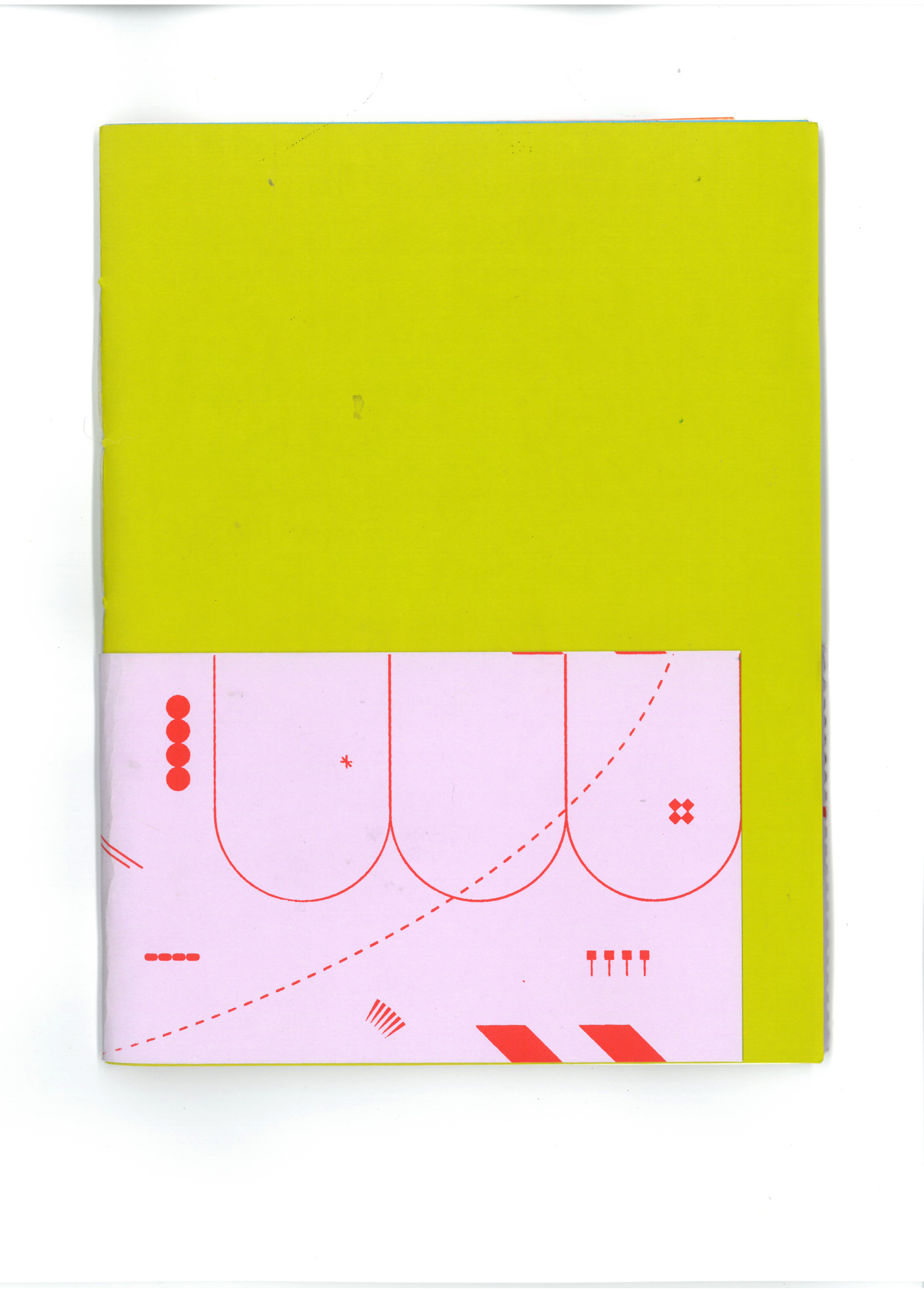Issue 1: Identity
June 2019Our first issue explores identity in various forms and concepts — how identity has formed art and art choices, how choices and art has impacted identity, or how an identity is formed and/or presented through concepts in art.
The people featured in Identity touch on very different things, from photographing a Burmese refugee community in Zomi Town aka Tulsa, a popular American sport influencing art practices, exploring identity as an outsider, looking at hybrid identity through art, how fan fiction manifests itself in art, to finding community within a subculture.
Our first issue wouldn't have been possible without the energy, time, knowledge, and opportunity shared by Daniel Mung, Amelie Mancini, Paul Dressen, Marsha Mack, Lorraine Rubio, Brian Bieber, University Libraries at the University of South Dakota, Amy Jarding, Eli Show, Amanda Smith, and Amplify Arts. The launch of No Business Magazine and limited run of Identity was through grant funding from AIGA South Dakota and Sioux Falls Arts Council. We released Identity with launch events in Omaha (NE) and Sioux Falls (SD) in conjunction with a curated art show and artist open studios.

ZOMI TOWN
In the current landscape where “assimilation” in regards to minority communities is misconstrued by certain groups as a singular American culture, it’s been enlightening to see how the Zomi community is establishing a sense of place for its people. Seattle-based photographer Daniel Mung spent six months in Tulsa with this refugee community, capturing moments from their everyday lives.
READ MORE
ONE BASE
AT A TIME
The nice thing about baseball is, you don’t have to know about baseball to know about baseball. The sport has existed in the periphery of my reality, a constant in my life, but never a requirement. It remains an American pastime easily recognizable, and widely accessible for onlookers and enthusiasts alike; a sport that operates on it’s own time, a game that has grown and adapted through the birth of this nation. The tradition and rituals of the sport reach far into family histories and the passion that holds our focus.
READ MORE
MISS VIETNAM
For a few years now, Denver-based artist Marsha Mack has made bodies of work that look at subjective identity and cultural forces at play (that form identity). One of her more recent installations — Miss Vietnam — hit closer to home for the artist. It came together after an exploratory first glance at the origins of her Vietnamese heritage. The installation presents recurring motifs that relate back to femininity, Asianness, commercialization, and an ideal standard for identity. It gives us a perspective on a non-identity through the eyes of Mack.
READ MORE

I’m going to tell you
about who I am through two art pieces.
I found these during my art history major in college. They would come to encapsulate two aspects of my identity that I first became aware of when I was 12: one, that racially, I’m many things—Mexican, Chinese, Filipino, and German. And two, that I am gay.
READ MORE
[I REALLY GET
INTO IT]
Subcultures create space for identities that don’t necessarily fit into the mold of parent cultures. The early 1990s punk scene in Sioux Falls, like in many other communities, grew out of the need for this space. In his feature-length documentary — I Really Get Into It — writer and filmmaker Brian Bieber examines the stories of the kids who made the Sioux Falls punk scene, and how this community, and their identity within it, has influenced them as adults.
READ MORE
Fan Fiction & the Art of Subjectivity
Art lives and dies within its audience; this idea can be traced back as far as ancient India. An artist’s intentions are notable, but they do not always fully translate. While a work of art can live many lives throughout history, an author’s intent might die with the author. In our current society, communities are formed online through connections with a work of art, and it is within these communities that fan fiction often arises.
READ MORE


What is — ?
In 1958, a jury for Philbrook Art Center’s annual exhibition wrote, “...the PAC show is mainly for the traditional style.”, followed by a note asking if the artist “could possibly consider doing the traditional style” for the show. These were remarks to Dancer Umine Wacipi by South Dakota artist Oscar Howe for a juried show specifically established to highlight Native American artists and indigenous works of art.
READ MORE

︎ READ RANDOM

